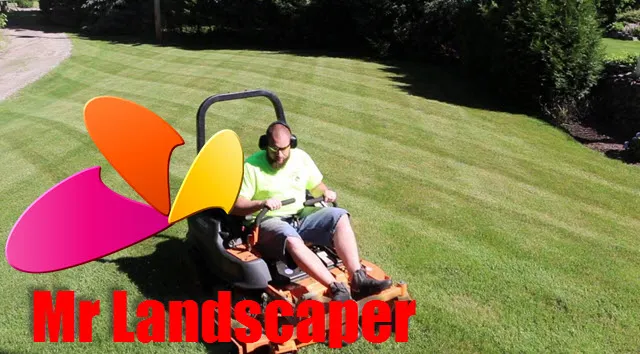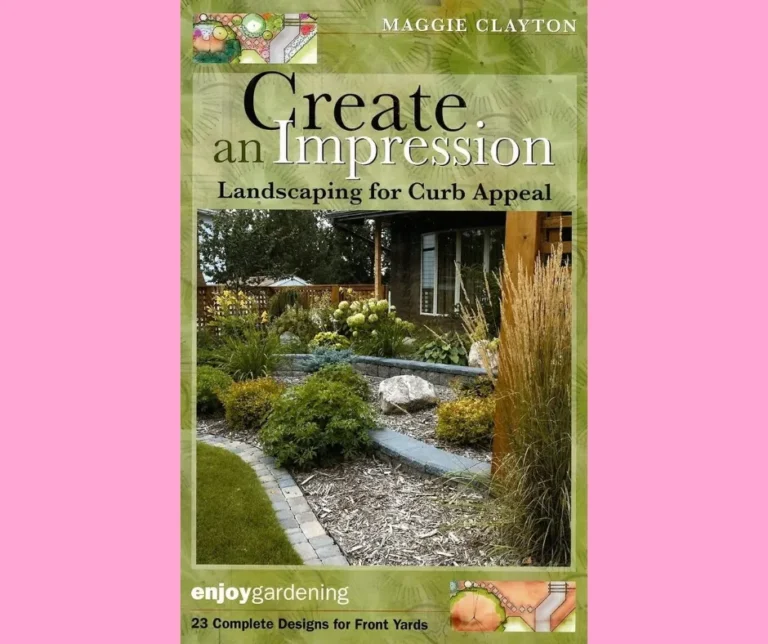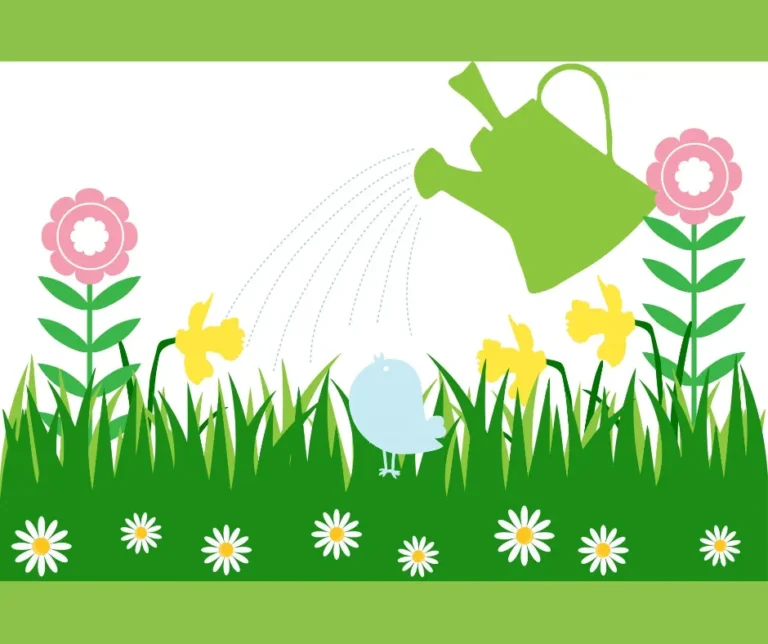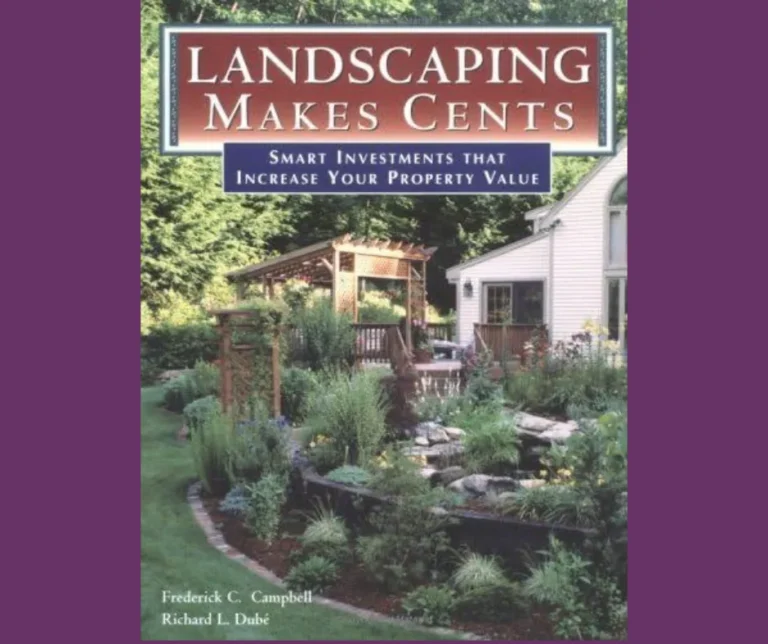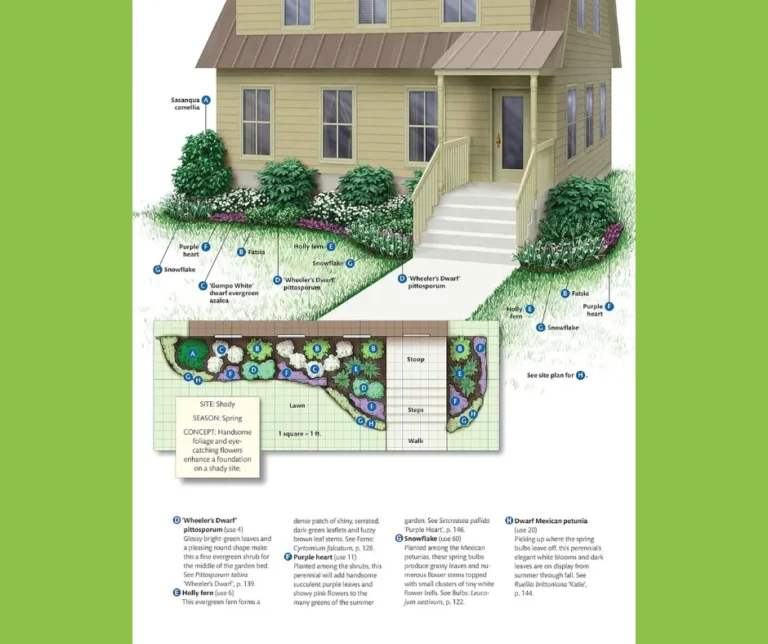Enhance Your Property Protect the Environment
In a world increasingly aware of climate change, enhancing your property can contribute to a healthier planet and a more sustainable tomorrow.
Sustainable living is vital as it addresses both environmental concerns and the need for cost-effective solutions in real estate.
The drive towards greener practices is transforming the way we think about property ownership and habitability.
Understanding current energy efficiency standards and eco-friendly demands in the rental market is essential for property owners and tenants alike.
With the rise in popularity of sustainable features, making informed choices can lead to significant benefits for both the environment and personal finances.
Simple upgrades not only reduce ecological footprints but can also enhance property appeal.
This article explores practical steps to improve your property while protecting the environment.
We’ll discuss low-cost upgrades, renewable energy options, green materials for renovations, and the long-term benefits of eco-conscious practices.
Embracing these changes lays the foundation for a sustainable future, both for your property and the planet.
Table of Contents Enhance Your Property Protect the Environment
The Importance of Sustainable Living
Sustainable living is becoming a top priority for property owners and tenants alike, especially among younger generations.
These eco-conscious tenants value properties with features like solar panels and energy-efficient appliances.
This trend reflects a shift towards sustainability in the real estate industry.
Landlords can benefit by adopting sustainable practices.
By reducing energy usage, installing low-flow faucets, or improving indoor air quality, property owners can enhance their reputation and attract eco-minded tenants.
Sustainable buildings not only help lower energy costs but also often enjoy higher occupancy rates and property values.
Engaging tenants in sustainability efforts is key to maximizing the benefits.
Simple steps like promoting water conservation and recycling programs, or using smart thermostats, can have a positive impact on both the environment and the bottom line.
Here’s why sustainable buildings are a smart investment:
| Benefits | Description |
| Lower Operating Costs | Energy-efficient upgrades reduce energy consumption and costs. |
| Strong Tenant Retention | Eco-friendly properties attract and retain environmentally-conscious tenants. |
| Increased Property Values | Sustainable buildings tend to be more valuable, offering better returns. |
By focusing on eco-friendly practices, property owners can play a role in mitigating the effects of climate change while boosting their investment.
Understanding Current Energy Efficiency Standards
Understanding the current energy efficiency standards for rental properties in the UK is crucial for property owners.
Rental properties must have a minimum Energy Performance Certificate (EPC) rating of E to comply with rules.
Failure to meet this may lead to fines.
Although the anticipated C rating requirement has been revoked, landlords are still urged to make improvements in energy efficiency.
Landlords can adopt cost-effective, eco-friendly upgrades, including:
- Educating tenants on efficient heating controls.
- Installing water-saving fixtures like low-flow faucets.
- Setting up smart thermostats.
Investing in renewable energy options, such as solar panels and energy-efficient heating, can attract eco-conscious tenants.
These improvements not only increase a property’s appeal but can also result in significant energy savings.
Additionally, using heat reflective paint can drastically cut cooling costs.
Studies show it can lower energy usage by up to 93% during peak periods.
Such measures make properties more sustainable and improve their marketability.
A transition to energy-efficient practices not only reduces energy costs but also lessens environmental impacts like carbon emissions.
These steps ensure that properties stay compliant and appealing in the evolving real estate industry.
Responding to Eco-Friendly Demands in the Rental Market
Responding to eco-friendly demands in the rental market is not just a trend; it’s a smart investment for property owners.
By incorporating sustainable practices, you can make your property more appealing to eco-conscious tenants and increase its value.
Benefits of Eco-Friendly Upgrades:
- Higher Property Value: Energy-efficient homes can sell for up to 14% more than those less efficient.
- Reduced Energy Costs: Renewable energy systems and smart thermostats lower energy consumption and cut operational costs.
- Water Conservation: Installing low-flow faucets and rainwater harvesting systems slashes water usage.
- Financial Incentives: Local councils often offer incentives and grants for eco-friendly improvements.
| Upgrade | Impact |
| Solar Panels | Reduces energy usage and costs |
| Low-Flow Faucets | Reduces water consumption |
| Smart Thermostats | Increases energy efficiency |
By embracing eco-friendly practices, property owners meet tenant preferences and potentially enhance rental income.
With growing concerns over climate change and greenhouse gas emissions, these sustainable investments not only improve the quality of life for tenants but also make a positive impact on the environment.
Low-Cost Upgrades for Sustainable Living
Refreshing your property doesn’t have to break the bank.
There are many affordable ways to enhance sustainability.
Start by choosing eco-friendly materials.
Cork and bamboo flooring are excellent choices.
They are renewable and reduce environmental impacts.
Low-VOC paints are another great option.
They help minimize indoor air pollution and improve air quality for tenants.
You can also incorporate recycled materials like reclaimed wood into your designs.
This not only gives a unique look but also reduces the demand for new resources.
Finally, consider water-efficient appliances.
Low-flow showerheads and toilets can significantly lower water usage, aligning with eco-friendly living.
| Upgrade Type | Benefits |
| Low-VOC Paints | Reduces indoor pollution |
| Cork/Bamboo Flooring | Uses renewable resources |
| Low-Flow Showerheads & Toilets | Minimizes water consumption |
| Reclaimed Wood | Lowers carbon footprint |
Improving Insulation and Sealing
Increasing insulation can make your property greener and more comfortable.
Insulation in walls, ceilings, and floors helps maintain a stable temperature.
This reduces the need for heating and cooling systems, saving energy.
Sealing gaps around doors and windows is another effective method.
It prevents drafts and air leaks, improving energy efficiency.
Use eco-friendly insulation materials like cotton or cork for a sustainable touch.
Combine this with regular maintenance of HVAC systems.
Efficient systems ensure optimal performance and lower energy costs.
Switching to Energy-Efficient Appliances
Upgrading to energy-efficient appliances is a smart move.
ENERGY STAR-certified models use less energy, cutting consumption and utility bills.
They make homes more attractive to tenants focused on sustainability.
Investing in these appliances can yield long-term financial returns.
Properties with such upgrades often have higher resale values.
Some local councils offer incentives and grants for these installations.
This can help offset initial costs, making it easier to switch.
Over time, these appliances significantly lower the carbon footprint of your property.
Installing Water-Efficient Fixtures
Installing water-efficient fixtures is a simple yet significant way to conserve water.
Low-flow faucets and showerheads drastically reduce water consumption.
Low-flow toilets use just 1.
6 gallons per flush compared to up to seven gallons for standard toilets.
Switching to water-efficient washing machines can save around 5,000 liters of water per person annually.
Opt for faucets with WaterSense labels.
They can cut a sink’s water flow by up to 30%.
Implementing these fixtures not only decreases water usage but also lowers utility costs.
This appeals to eco-conscious renters, making your property more desirable.
Investing in Renewable Energy Solutions
Investing in renewable energy is a smart move for property owners.
According to a study by the London School of Economics, energy-efficient homes sold for up to 14% more than less efficient ones.
By implementing renewable energy solutions, you can enjoy substantial financial returns over time.
Local councils often provide incentives and grants for eco-friendly upgrades, which can offset initial costs.
Installing energy-efficient lighting and appliances also lowers energy consumption.
This appeals to tenants who want to reduce their ecological impact.
Sustainable practices not only help the environment but also attract eco-conscious tenants who value green living.
Solar Power Installations
Solar panels can significantly cut down reliance on grid electricity.
This helps in reducing energy bills for tenants.
Moreover, solar installations make rental properties more appealing to environmentally conscious tenants.
These systems increase the property’s value by integrating renewable energy sources.
Estimates suggest a break-even point of about eight years after installation.
Thus, solar power is a long-term savings plan.
Many states also offer incentives and subsidies to homeowners.
This makes it even more financially viable to switch to solar power.
Wind Energy Options
Wind turbines provide clean electricity, contributing to sustainability.
Landlords find renewable energy more attractive as demand for eco-friendly rentals rises.
Properties using wind energy often have lower emissions compared to those using fossil fuels.
This reliable access to clean energy can enhance property value.
Buyers increasingly value sustainability in their purchasing decisions.
A diversified energy portfolio, including wind energy, can lead to a greater premium on property value.
These benefits appeal to environmentally conscious consumers.
Benefits of Energy Storage Systems
Incorporating energy-efficient features makes rental properties more appealing.
This can lead to profit through lower utility costs and increased competitiveness.
Higher-rated properties generally have lower operating costs.
This makes them more attractive in the rental market.
Governments often offer incentives like energy savings schemes.
These encourage property owners to invest in energy-efficient products.
The Clean Energy Finance Corp (CEFC) supports financing these resources, easing energy improvements.
Compliance with energy efficiency laws can protect property investments.
This aligns with the growing tenant interest in eco-friendly rentals.
Choosing Green Materials for Renovations
Choosing green materials during renovations can greatly enhance both your property and the environment.
Sustainable materials not only improve the look and feel of a home but also boost its appeal to eco-conscious tenants.
These materials often ensure reduced emissions and better indoor air quality, thus enhancing the quality of life for occupants.
By opting for sustainable practices, property owners can contribute to energy efficiency and help fight the effects of climate change.
Sustainable Flooring Options
Sustainable flooring choices are both stylish and eco-friendly.
Reclaimed wood, salvaged from old barns, helps reduce waste and saves trees.
Bamboo and cork are renewable options with low environmental impacts.
Besides, they are free from harmful VOCs, improving indoor air quality.
Adding recycled glass or plastics to flooring uplifts its eco-friendliness.
These options make properties attractive to tenants who care about the planet.
Environmentally Friendly Paints and Finishes
Selecting environmentally friendly paints can make a big difference.
These paints have low VOC levels, lessening indoor air pollution.
They include mineral or plant-based oils, preserving materials naturally.
Skilled painters use different techniques for applying these paints.
By going for eco-friendly options, property owners can reduce the need for maintenance and improve their green footprint.
Reclaimed and Recycled Materials
Using reclaimed and recycled materials is both a smart and sustainable choice.
Reclaimed wood prevents waste and conserves trees, adding charm to any renovation.
Opting for recycled elements like countertops and flooring lowers the overall carbon footprint.
Low-VOC paints play a key role in keeping indoor air fresh.
Incorporating bamboo, cork, or recycled plastics into renovations lessens environmental impacts.
Reusing materials reduces the need for new ones, making a positive impact on the construction industry.
Below is a breakdown of sustainable renovation materials:
| Material | Environmental Benefit |
| Reclaimed wood | Conserves trees, prevents landfill waste |
| Bamboo flooring | Renewable, low impact |
| Cork flooring | Renewable, low impact |
| Recycled glass | Reduces waste, less resource demand |
| Low-VOC paints | Improves indoor air, reduces pollution |
Incorporating these green materials ensures a sustainable future, reduces energy consumption, and can lower energy costs.
By prioritizing eco-friendly practices, property owners not only protect the environment but also enhance their properties’ value.
Educating Tenants on Energy Conservation
Educating tenants about energy conservation is crucial for reducing property energy consumption and costs.
By providing guides on how to use smart thermostats, tenants can manage heating systems more efficiently.
Well-informed tenants are more responsible with heating and cooling, leading to lower overall energy usage.
Implementing upgrades like LED light bulbs can last up to 25 times longer than traditional bulbs while using up to 80% less energy.
Involving tenants in green initiatives and encouraging them to share ideas fosters a community approach to sustainability.
Tips for Reducing Energy Consumption
Here are some tips for reducing energy usage:
- Upgrade Lighting: Switch to LED bulbs to lower energy consumption and enjoy their long lifespan.
- Install Smart Devices: Use programmable thermostats and smart meters for better energy monitoring and control.
- Maintain HVAC Systems: Regular maintenance ensures optimal performance and reduces energy waste.
- Incorporate Renewable Energy: Solar panels capture clean energy and reduce fossil fuel reliance.
- Use Sustainable Materials: Choose durable, efficient materials for renovations to save on energy and costs.
Promoting Sustainable Practices within the Home
To promote sustainable practices at home, consider these approaches:
- Energy-Efficient Appliances: Invest in appliances that consume less energy, appealing to eco-friendly tenants.
- Water-Saving Fixtures: Install low-flow showerheads and dual-flush toilets to reduce water usage.
- Tenant Engagement: Offer incentives for reducing consumption to create a sustainability-focused community.
- Eco-Friendly Materials: Use paints and coatings that extend material life and reduce environmental impact.
- Local Incentives: Utilize council grants for green improvements to offset costs and increase investment returns.
By adopting these strategies, property owners can enhance both their property and the environment.
Staying Informed About Green Legislation
Landlords aiming for eco-friendly operations need to stay updated on green legislation.
Knowing about eco-friendly tax incentives and sustainable property laws is key.
This helps with using financial support programs effectively.
Important Programs and Incentives:
- Energy Company Obligation (ECO+): Supports low-income households and landlords.
- It funds energy-efficient upgrades like insulation and heating systems.
- Boiler Upgrade Scheme (BUS): Part of the Clean Growth Strategy, this replaces old boilers with high-efficiency models.
Using these programs helps landlords make eco-conscious upgrades more affordable.
Staying informed about legislation also ensures that rental properties comply with legal mandates.
Benefits of Staying Informed:
- Lower Operational Costs: Reduce energy consumption and improve energy efficiency.
- Financial Assistance: Gain support for upgrades that boost indoor air quality and water conservation.
- Legal Compliance: Stay ahead of laws that affect sustainable buildings.
By following these guidelines, landlords can enhance their properties while protecting the environment.
Pursuing Eco-Friendly Certifications for Properties
Pursuing eco-friendly certifications for properties boosts marketability and displays a commitment to sustainability.
Attaining certifications from Green Star or NABERS can attract eco-conscious tenants.
These certifications assess various facets, including energy, water, and indoor environments.
Financial benefits such as tax incentives may offset the costs of property upgrades.
Additionally, sustainable practices like waste reduction and tenant engagement can enhance property appeal.
Installing features like greywater recycling systems and electric vehicle charging stations aids in earning these certifications.
LEED Certification
LEED Certification showcases a property’s dedication to sustainability, enhancing its appeal.
Properties with LEED certification can receive tax incentives, improving investment returns.
Achieving this certification often results in higher tenant satisfaction due to better indoor conditions and energy efficiency.
The LEED process involves checks and balances to ensure sustainability targets are met for different building types.
Pursuing LEED is part of a broader strategy to adopt eco-friendly property management practices and technologies.
Energy Star Rating
The Energy Star label reduces greenhouse gas emissions and air pollutants caused by inefficient energy use.
Backed by the U.S.EPA, Energy Star-certified dishwashers save about 5,000 gallons of water annually compared to non-certified models.
Certified appliances use 10% to 50% less energy than standard ones, leading to significant savings.
Energy Star refrigerators are roughly 9% more efficient than models meeting minimum efficiency standards.
By choosing Energy Star products, homeowners can save energy without sacrificing features, thus supporting sustainability.
Green Globe Certification
Greening a building improves its reputation, especially if it earns certifications like Green Globe.
International certifications like BREEAM showcase a property’s commitment to sustainability and community responsibility.
Participating in local environmental initiatives can enhance property credibility and contribute to certification efforts.
A strong waste management and recycling program, including composting, is vital for improving environmental practices.
Smart home technology complements these goals by enhancing energy efficiency and improving user experiences in the property.
Long-Term Benefits of Eco-Conscious Practices
Adopting eco-friendly practices in property management brings several benefits.
Not only does it enhance your property’s appeal, but it also protects the environment.
By integrating sustainable upgrades, property owners can enjoy increased property values, reduced operational costs, and a stronger attraction to environmentally aware tenants.
Let’s explore these benefits in more detail.
Increased Property Value
Properties with green features attract more renters and often command higher prices.
Energy-efficient homes are in demand and can sell for up to 14% more than their counterparts.
Improvements, such as solar panels and quality insulation, boost a property’s market value and overall appeal.
Additionally, as demand shifts away from climate-risk areas, properties in safe zones become more valuable.
Reduced Operational Costs
Eco-friendly upgrades can lower both energy and water consumption.
This results in reduced utility bills for property owners.
Sustainable buildings with energy-efficient systems typically have lower operating costs.
Installing energy-efficient lighting and appliances further reduces energy usage.
Water-saving fixtures like low-flow faucets also decrease water consumption.
Local councils may offer grants for eco-friendly improvements, helping offset initial costs.
Appeal to Environmentally Aware Tenants
Sustainable upgrades make properties more attractive to tenants who care about the environment.
Feature low-VOC paints and natural materials like bamboo flooring to boost your property’s green profile.
Virtual tours showcasing solar panels and energy-efficient lighting can appeal to potential tenants.
Engaging tenants in recycling programs fosters a community aligned with their values.
Pursuing green certifications like LEED demonstrates your commitment to sustainability, increasing marketability and tenant satisfaction.
Incorporating these eco-conscious practices not only enhances your property but also contributes positively to environmental protection.
Embracing sustainability ensures long-term benefits for both property owners and our planet.
